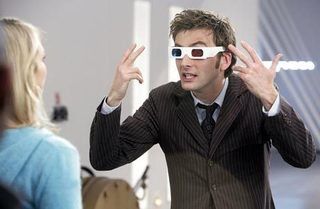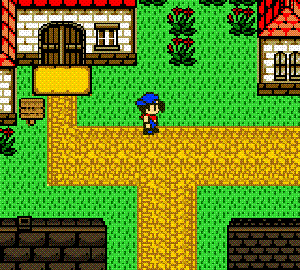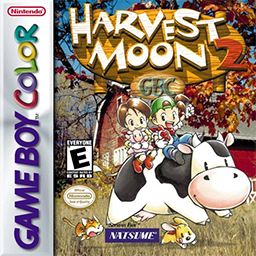So then. My last formal blog task, probably for good this time. And I get to sum up two years instead of one, which puts me in a unique(ish) position. I've seen how the course changed from my first first year to my second first year, and I have to say... don't move floors next year! Although, to be honest, although the lack of computers did provide an opportunity for more traditional 3D art, I think that the Max skills are so important to the second year that it seems like something to be avoided.
I think maybe Game Art should have some kind if summer project thing going on. Lots of people stood up at the first presentation and said that their first projects weren't very good because they'd gotten out of practice over the summer. That's a personal opinion though, and not a reflection on any of those people. Maybe Chris would rather we didn't learn bad habits when left to our own devices :P. It just seems like a logical conclusion to me.
The structure of this year, with the first term of going out and about, and the second term of life drawing, seemed to make more sense to me... Although that could be because its the second time around. And it could be that it shouldn't make sense, to keep people challenged and on their toes, but there you are. We seemed to do less revisiting this year though, last year we went back to the canal and places. Or perhaps I missed it, because lets be fair, I have missed fair few sessions.
Other than that... the introduction of Facebook seems to have worked much better than the wiki thing last year, but I can't help but wonder if there isn't a better website for it. Still, Facebook seems to work really well once everyone actually gets on there and gets active. Having an online community definitely seems to be a big bonus though. Its a good way of keeping in contact with the other students, even when I'm not in class too often. And of arranging trips and things to places like Bradgate, in self study time.
And that's where I trail off, and can't think of anything else. I have missed a lot of time. The film sessions were really good though, massively enjoyed the ones that I came to. And Chris' colouring in is always helpful, all of it, so I can't pick out a good bit. Max hates me with a passion, so perhaps I'll leave the 3D side of things alone after the assessment, but the tutorials on blackboard certainly taught me much more than I ever knew before about making the darn thing work...
http://www.gamecareerguide.com/features/350/what_game_companies_want_from_.php
http://www.gamecareerguide.com/features/347/academics_for_game_.php
snow day, fun day
8 years ago









